Flagship Species
It is a lowland moist evegreen forest. The most characteristic floristic species of the Reserve are palms with their 26 species.
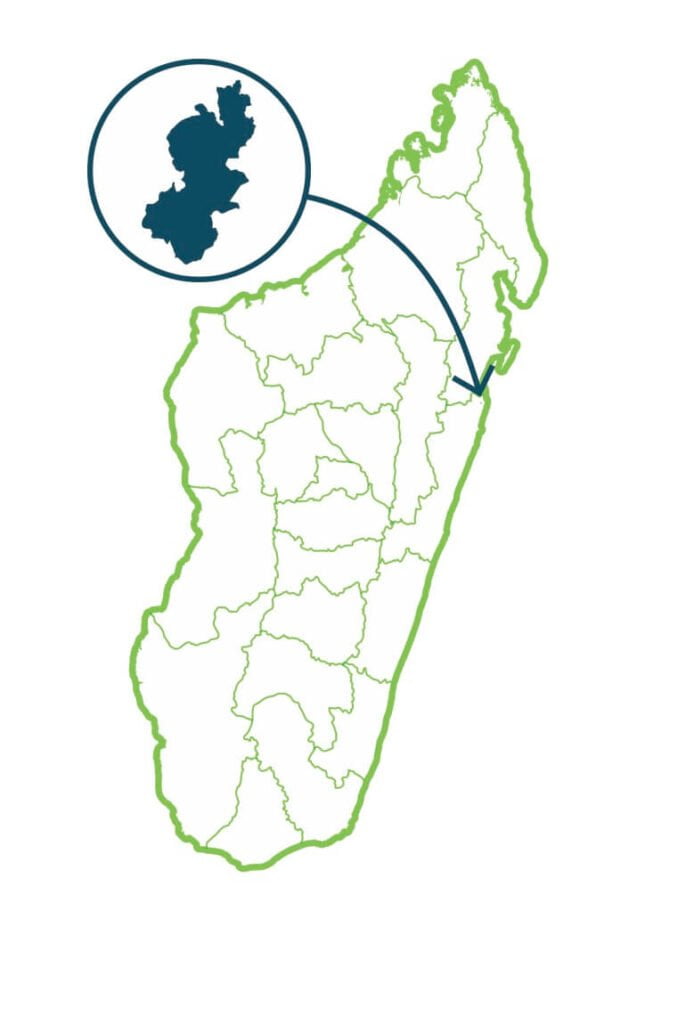
It is a lowland moist evegreen forest. The most characteristic floristic species of the Reserve are palms with their 26 species.

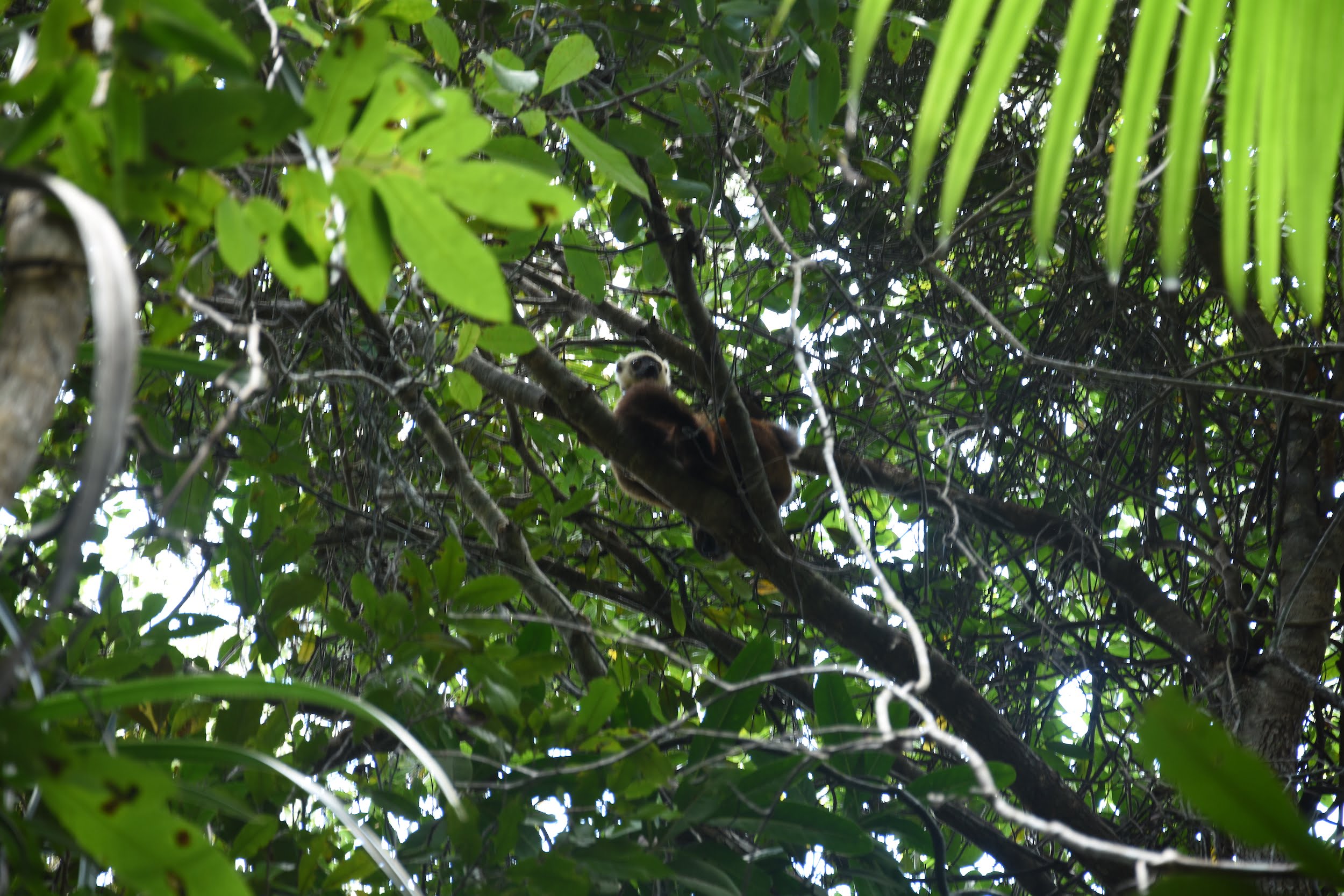
5 species
1 endangered and 4 vulnerable (i.e : white-fronted brown lemur, Eulemur albifrons)
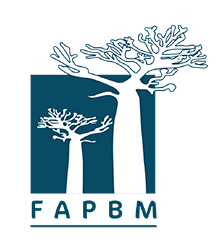
52 species






27 species
1 chameleon species endangered
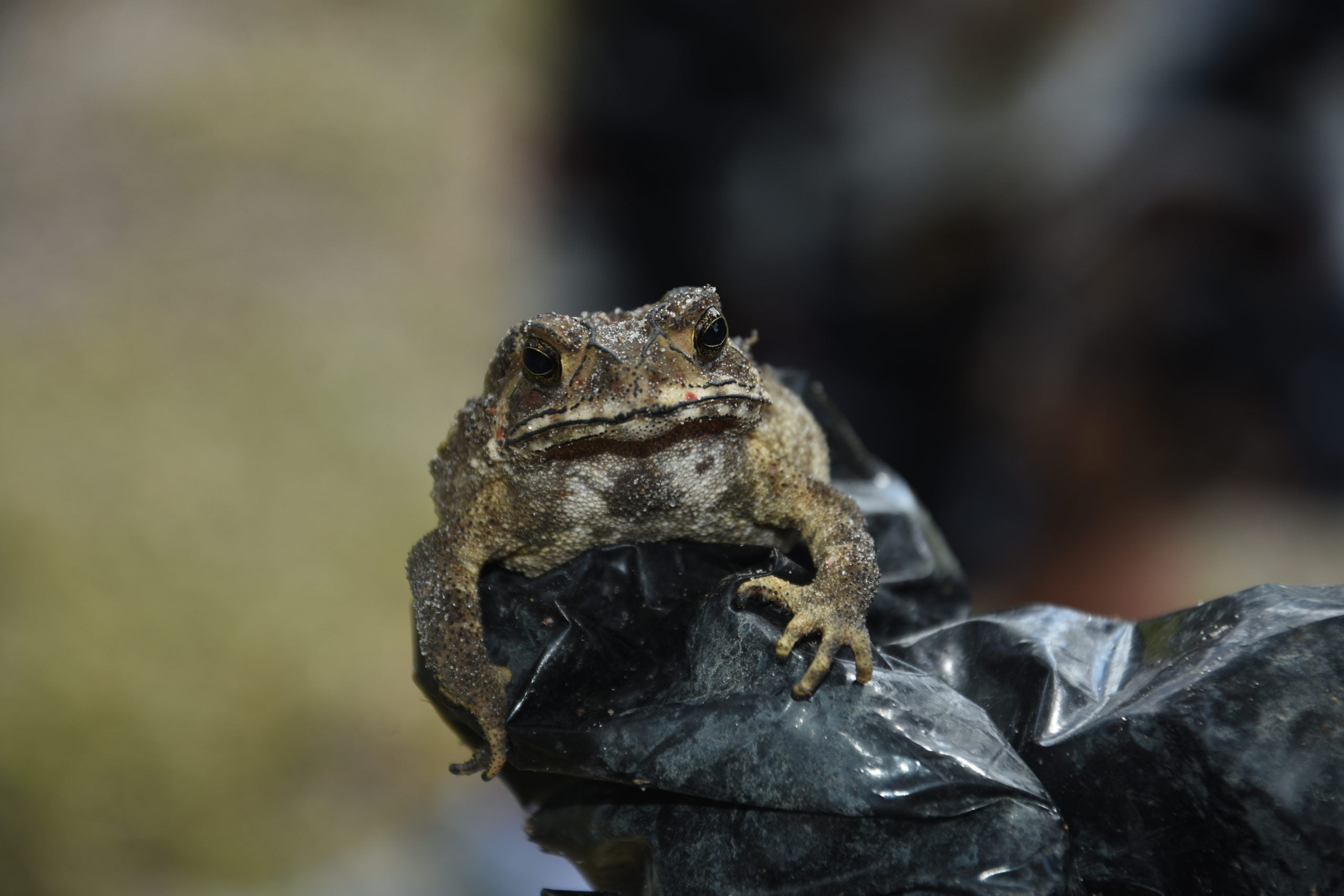

23 species






2 species
1 species vulnerable






3 species






6 species
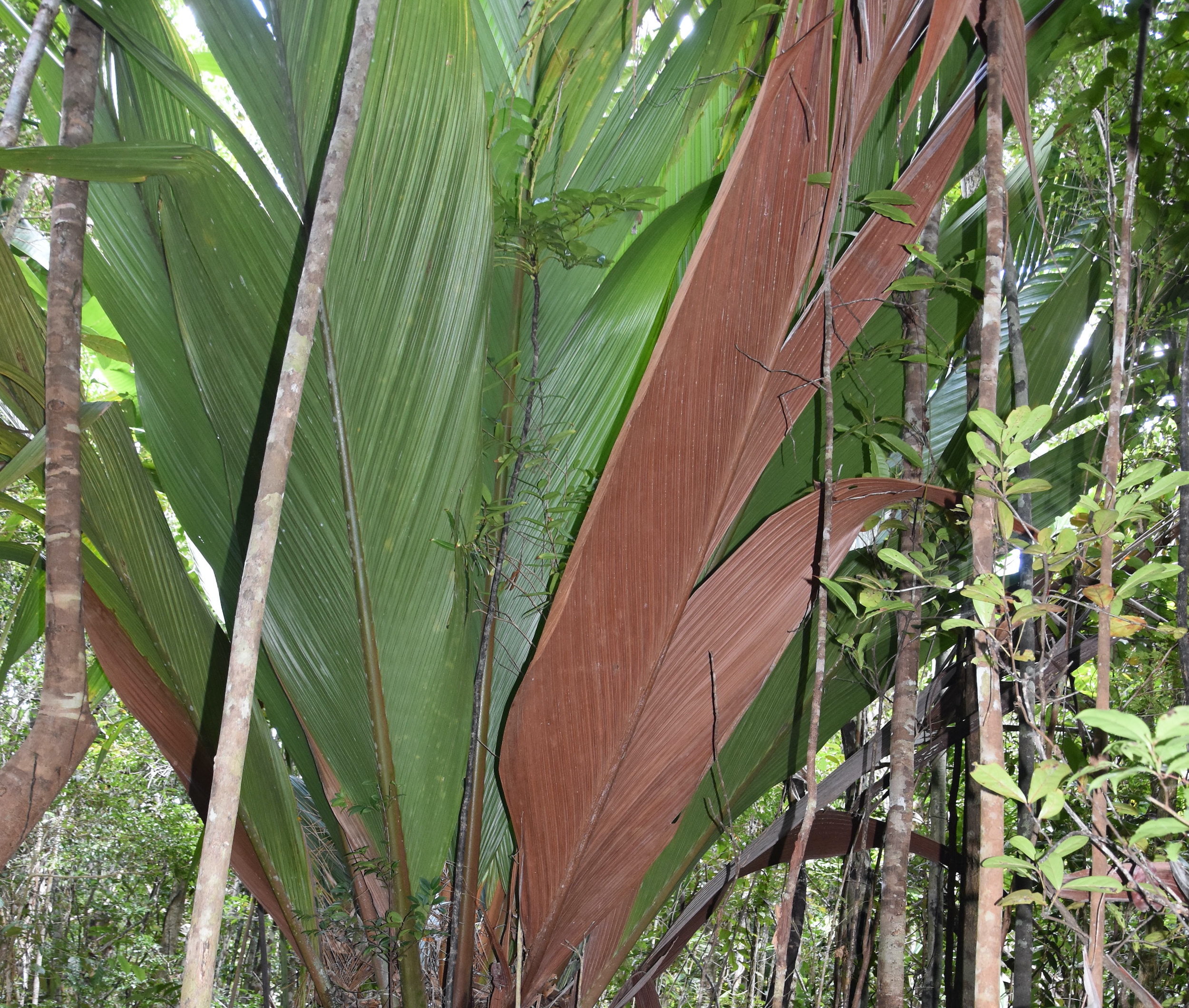

273 species
237 endemic to Madagascar (87%): 2 species (including 1 palm tree) critically endangered; 44 endangered species and 3 vulnerable 8 local endemics (3%) among which 1 is classified as critically endangered and 3 as endangered


Degraded lowland moist evergreen forest, swamp forest, secondary thicket, secondary grasslands and pastures.


Bush fires due to charcoal production or slash-and-burn agriculture, invasive species.


Forest provides the raw materials for handicrafts and basketry, ensuring a significant household income. Forest hosts several rivers that irrigate the lowland rice fields.


Management mode is collaborative between MBG and the Velon'ala platform, which is made up of several local associations. The latter are the direct beneficiaries from the development support financed by FAPBM. These associations also carry out conservation activities such as protected area patrolling and surveillance, maintenance work on firewalls and tourist trails.
Analalava Protected Area is the only protected area whose 12km firewalls, which entirely surrounds the Reserve, are maintained twice a year. It has been a zero fire NPA since 2017.
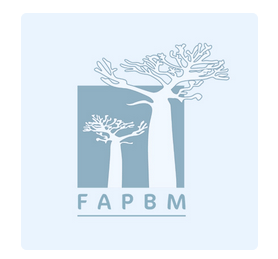

The year 2020 is the 9th year of FAPBM funding for the Analalava Reserve. To date, the total amount of FAPBM grants to Analalava stands at MGA 917,161,228.The activities funded include conservation activities (control and monitoring, ecological monitoring, ecological restoration, firewall maintenance, etc.), development support (establishment of IGAs and value chains, training and capacity building, etc.), IEC (village awareness, website, WED participation, international fairs, newsletter production, etc.), infrastructure building (interpretation center, bungalows, etc.), salary and operating costs.To date, the state of conservation concerning the protected area's conservation targets remains stable. “Fire” pressure is under control within the NPA.